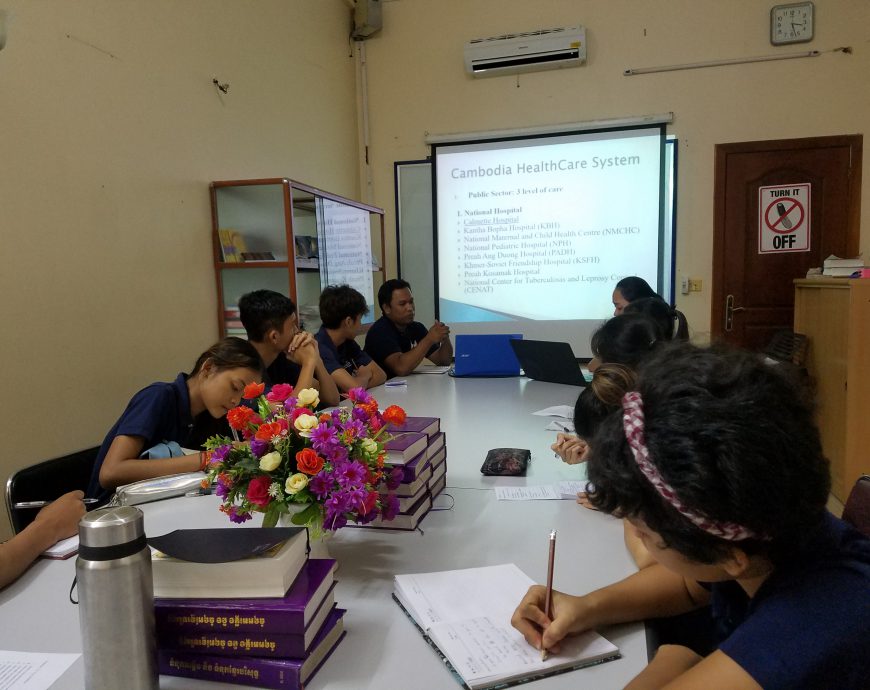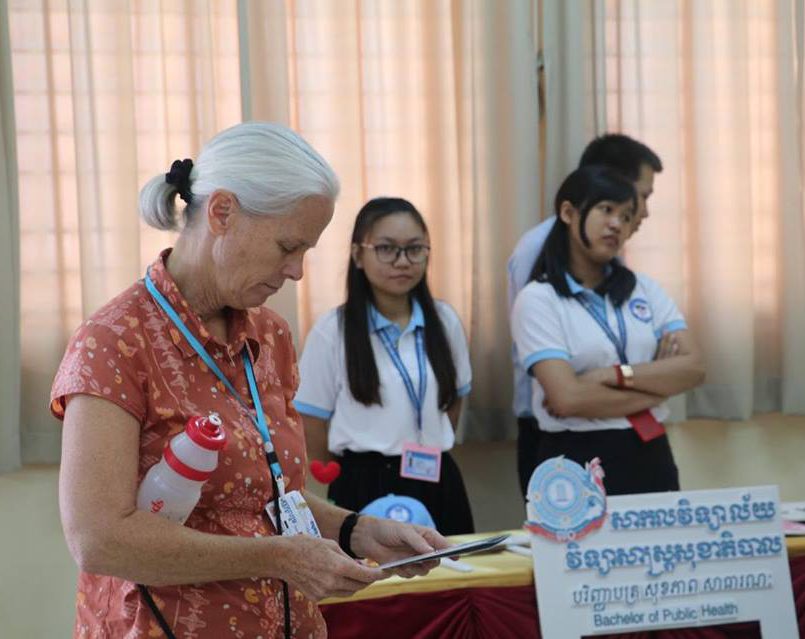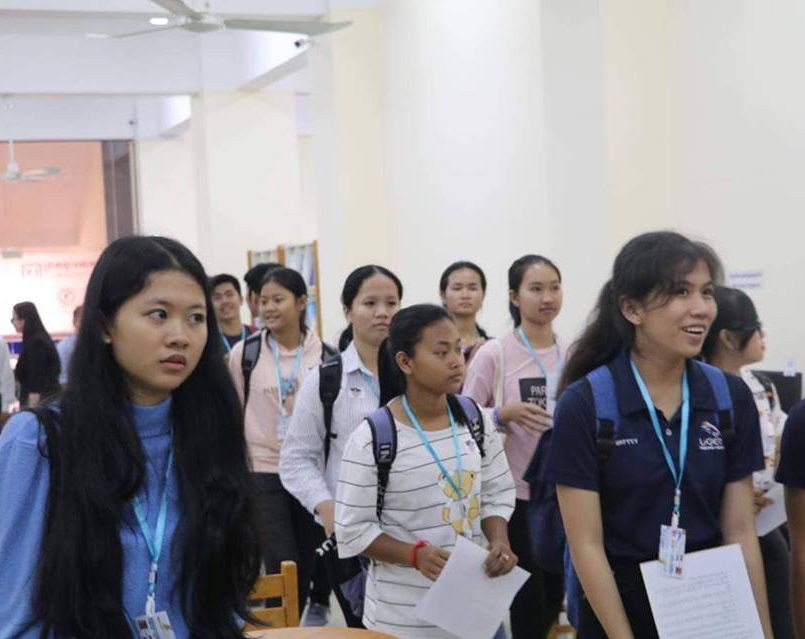
American Civil War,
Caused the whole country to struggle
The war between the North and the South,
Through oppositions that had been aroused.
The first reason is the Climate and Slavery,
The main reason caused the huge tragedy
The weather is hot in the South,
Depending on slaves in every house.
The nutritious soil in the region,
Allowed them almost year-round growing seasons
They need workers who’ll work for free
So they brought and support the slavery.
Growing and harvesting of such crops as rice, cotton, and tobacco
Allowing their economy to grow.
Southerners enslaved Black Africans for free labor
To increase their production in agriculture.
As in the North the temperate weather
Has low dependant of cheap farmers
They rely on the growth of an industry
The reason that made them opposed to slavery.
The second cause is lacking of compromise,
The two regions only cared about their own enterprise,
The South wanted to count the slaves as white people
To increase the number of representatives in the Capitol.
At the same time they don’t want the “same blacks included in the number of citizens”
“For which the states had to pay taxes to the central government.”
As in the North there were less slave,
Losing the election
The two regions deeply disagreed on other issues, such as the states’ rights
Also the main reason that led them to fight.
The South became so inflamed with this controversy,
“which 630,000 young Americans died in the bloodiest war of [their] history.”
The South creating their own culture,
Created “a ruling class with economic interests, political ideals” and strong code of honor.
The South become even more violent,
It is one of the reasons that led to the mounting tension.
The main causes of the American Civil War,
Not enough compromises in the federal
Different perspectives on the government
Also the different opinions on slaves dependant.
Those were the reasons behind the tragedy
Causing thousands death and injury
The war lasted about 4 years,
630 thousands Americans had disappeared.
The victory went to the North, led by President Lincoln,
The hero to millions of slaves and an Americans icon.
Fighting in the bloodiest war in the history,
Ended the dependent on slavery.









